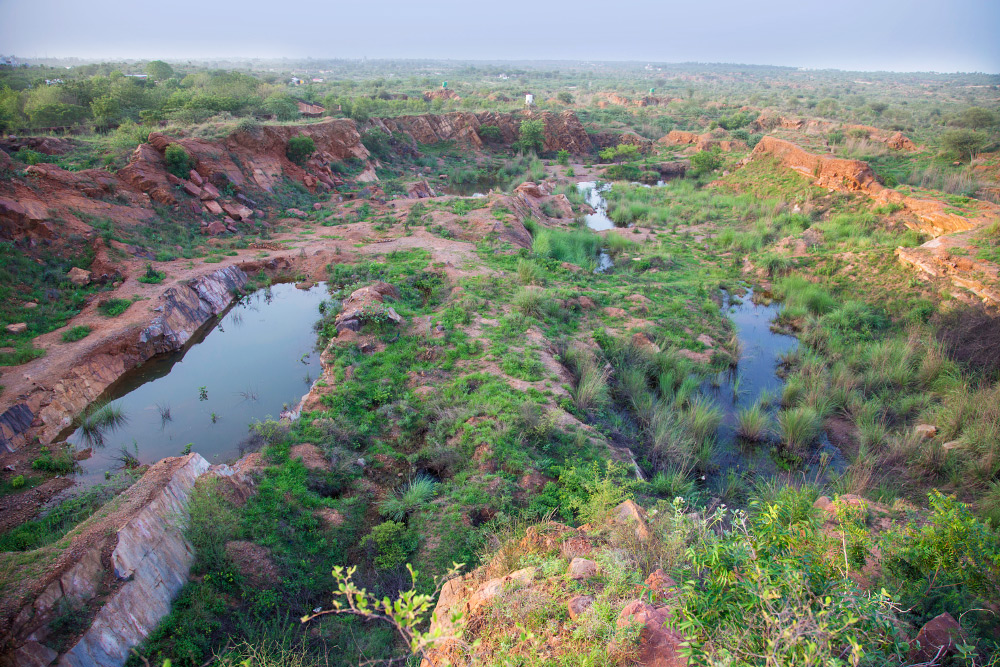The recent presence of a leopard in the Sainik Farm locality, coupled with the finding of a deceased leopard cub on National Highway 44, has sparked concern among Delhi residents. For many accustomed to encountering these animals solely in zoos, this has been alarming. Nonetheless, these occurrences aren’t singular events. Over the past five years, leopards freely roaming the city have been captured by numerous CCTV cameras.
Earlier similar incidents, used to occur at least twice annually, tend to coincide with the winter months.
Two primary reasons underlie such occurrences: first, the significant increase in the leopard population due to government wildlife conservation efforts, and second, the shrinking of the
Aravalli forests—natural habitats for these big cats. Historically, the city’s terrain supported not only leopards but also wolves and other wildlife. Despite encroachments and reduced biodiversity in the Aravalli hills, certain forested areas still provide refuge for various species.
The Asola Bhatti Wildlife Sanctuary, extending into Gurgaon, stands as the largest tract of
Aravalli forest in South Delhi, harbouring a considerable leopard population. The grasslands around the Yamuna coast contribute to the leopard’s ability to capture prey. Unlike tigers or lions, leopards rely on smaller prey, with dogs being ideal targets. Occasionally, they venture into human settlements during their search for prey, primarily at night, while remaining concealed during the day.
Most leopard sightings in Delhi occur in the southern ridge area, an extension of the Aravalli range, and the Asola Bhatti Wildlife Sanctuary, home to around eight leopards. Environmentalist Jaidhar Gupta, involved in rewilding the Rajaji Raghati Biosphere, emphasises that humans and leopards can coexist. He asserts that it’s not leopards intruding into residential areas, but humans encroaching on their natural habitat.
The Aravalli ranges serve as the leopards; natural habitat, and urban expansion around Delhi, Gurugram, and Faridabad has forced these cats into residential areas in search of prey. Gupta notes that the conversion of Aravalli’s plain areas into agriculture fields contributes to the loss of grassland, crucial for leopards during prey hunting. Being less powerful predators than tigers, leopards can survive on a lower protein intake, leading them to seek easier prey like dogs. Generally, leopards don’t harm humans, but if frightened, they may attack in self-defence.
“I have encountered many leopards in my life, but none have caused any harm. In the Rajaji Raghati Biosphere, which I am rewilding from the agricultural land that was once part of the Rajaji forest area, and in our biosphere, we sometimes spot leopards roaming freely while we are at work, but they have not caused any harm to anyone till now. It’s only humans; panic that makes them aggressive sometimes,” added Gupta.

